
ABC accused of ‘performative’ regret over fired journo
The ABC has been accused of paying lip service to an apology after arguing against a $350,000 fine for illegally sacking journalist Antoinette Lattouf.
Lattouf won an unlawful termination case against the national broadcaster in June after she was sacked from a casual role on ABC Radio Sydney’s Mornings program in 2023.
The Federal Court awarded Lattouf $70,000 in damages after she was dismissed three days into a five-day hosting stint, following a co-ordinated campaign of complaints from pro-Israel lobbyists.
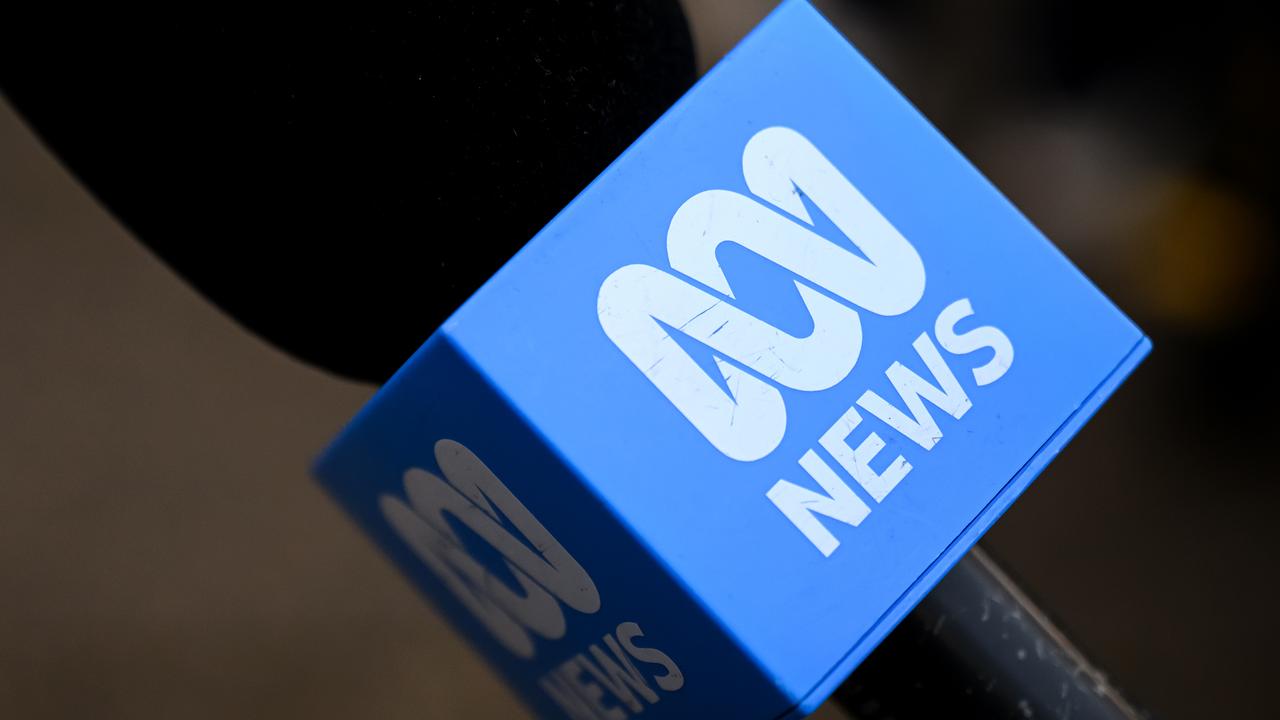
has asked gas
Since then the ABC submitted it should be fined between $37,560 and $56,340, but Lattouf wants nearly 10 times that.
A fine of $300,000 to $350,000 was necessary to prevent future breaches, her lawyers told Justice Darryl Rangiah on Wednesday.
The journalist’s lawyers also criticised the broadcaster’s apology related to its handling of the decision to remove Lattouf as self-serving.
“The expressions of regret … are performative,” Oshie Fagir told the ABC’s chief people officer on Wednesday.
Deena Amorelli dismissed the claim, saying the court ruling had “reverberated throughout the organisation”.
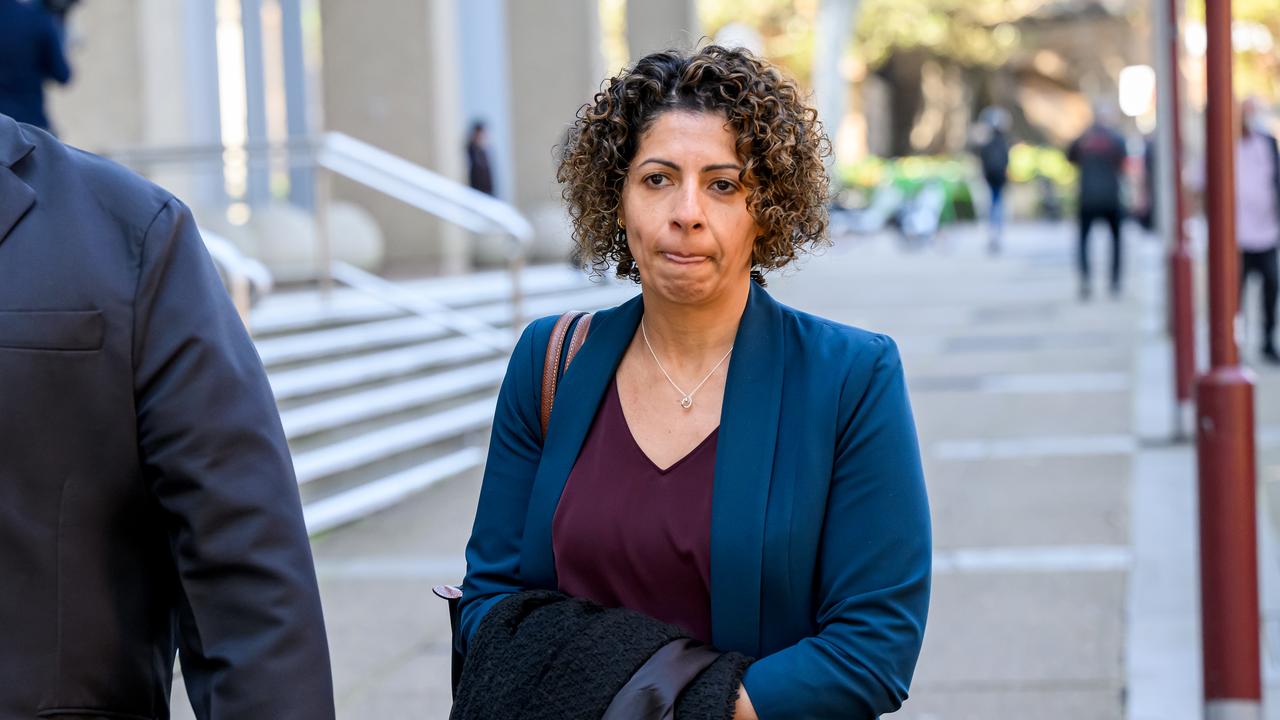
However, she acknowledged the outcome was yet to prompt an inquiry into why Lattouf was sacked, including why the email complaints led to the illegal decision.
Remedial action taken by the ABC was limited to a one-hour training session delivered to the ABC board and executive leadership team, Ms Amorelli said.
“We have not conducted independent investigations,” she added.
“We have reflected on the decision handed down by Your Honour and the lessons learned from that.”
Justice Darryl Rangiah in June found the ABC breached employment law by dismissing the journalist for reasons that included her political opinions.
Lattouff, who has Lebanese heritage, shared a Human Rights Watch post saying Israel was using starvation as a “weapon of war” in Gaza before her position was terminated in December 2023.
Her lawyers on Wednesday argued the question yet to be determined was “what level of sting is needed” to ensure the ABC doesn’t repeat its behaviour when receiving complaints about an employee.
The $37,560 figure put forward by the ABC was “an infinitesimally small amount of money in context of the ABC’s financial and budgetary position,” Mr Fagir said, referencing the broadcaster’s $1.016 billion annual budget.
Lattouf offered to settle the case for $85,000 in August 2024, according to her lawyer Josh Bornstein after her damages award, along with other conditions including an apology and another five radio shifts.
But ABC managing director Hugh Marks previously said the extra radio slots were a sticking point because they could compromise editorial independence from external influence.
Justice Rangiah found the broadcaster was under pressure after an orchestrated campaign of complaints against Lattouf by a pro-Israel lobbyist group.
The ABC did not give her the chance to defend the allegations and instead showed her the door, the judge found.
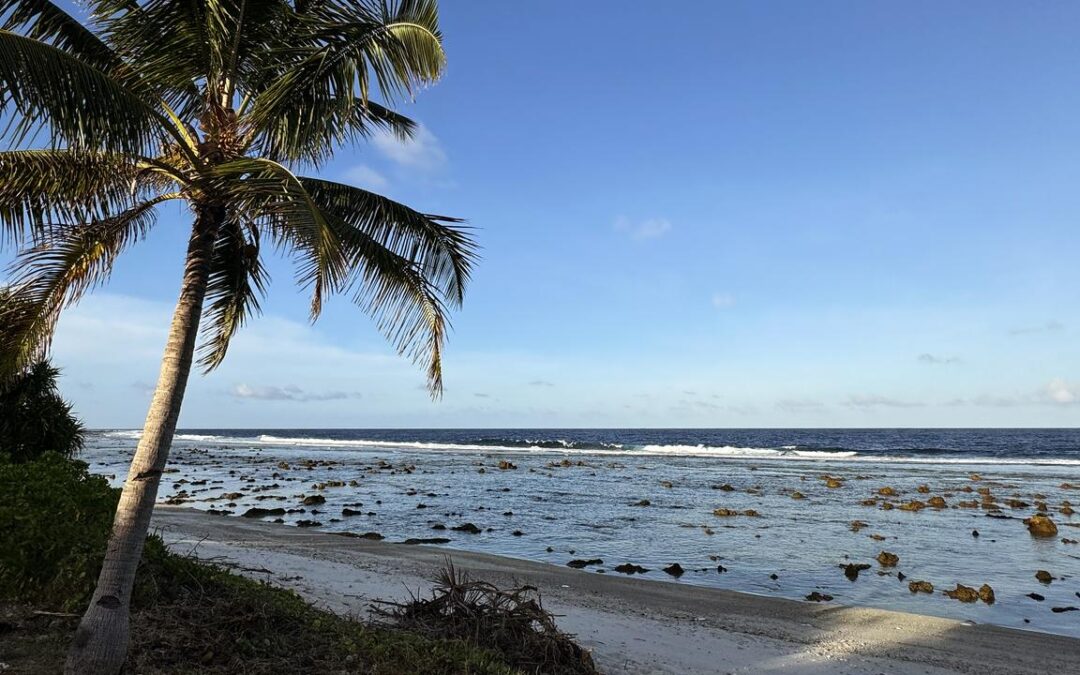
Albanese refuses to release Nauru deal details
Prime Minister Anthony Albanese is refusing to release the full details of a deal signed with Nauru to deport people despite criticising China for being opaque in its Pacific dealings.
Australia signed a memorandum of understanding with the atoll nation, offering more than $400 million up-front and $70 million annually to aid with the deportation of hundreds of released immigration detainees.
But even the monetary figure hasn’t been publicly confirmed by the federal government.
“We have arrangements between governments and those arrangements are ones we enter into across the board,” Mr Albanese told reporters in Canberra on Wednesday when asked when the public would know more.
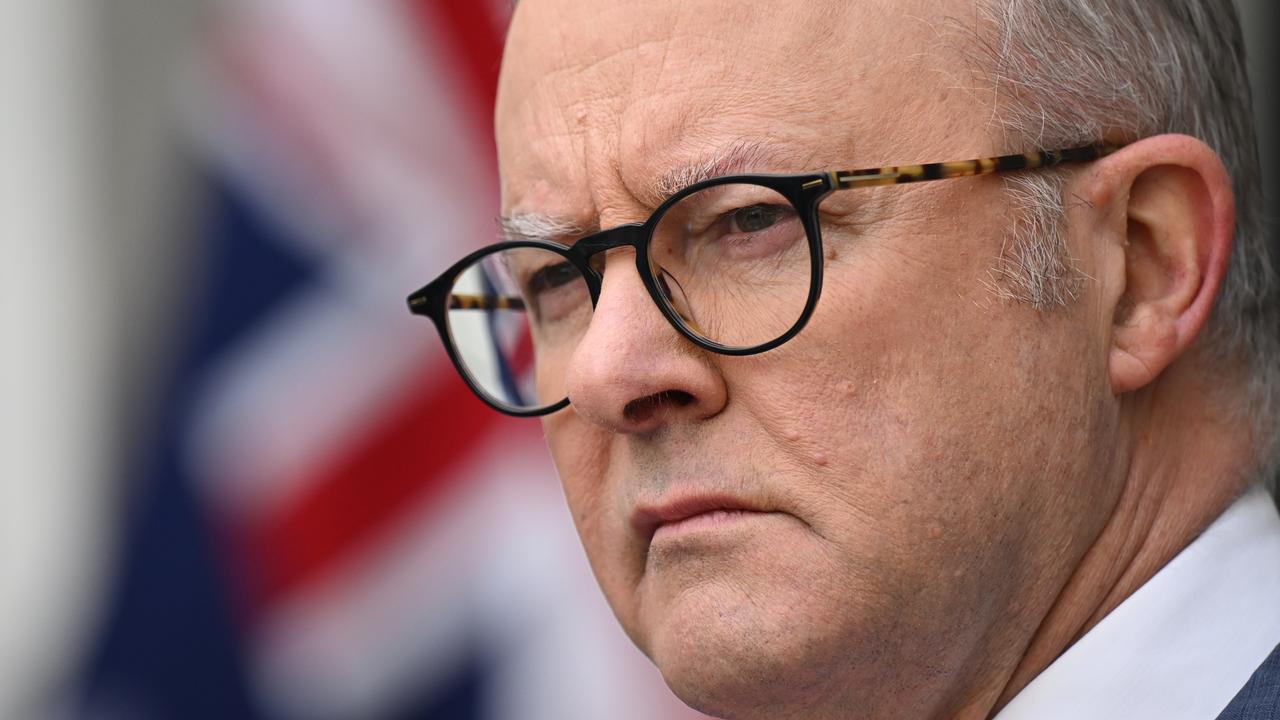
Australia has been critical of China for signing secret agreements and called for transparency in the Pacific.
Mr Albanese also repeatedly refused to give more details in a national TV interview on Monday, saying “nothing is secret about it” when pressed on the deal, including about its cost.
It’s not the first time Australia has kept a memorandum of understanding with a Pacific nation secret, refusing to release a deal with Kiribati signed in February 2023.
Greens senator David Shoebridge is pushing the government to release the full memorandum via a Senate order on Wednesday.
The prime minister’s refusal came after the High Court dismissed an appeal from an Iraqi man who had his temporary protection visa cancelled after being convicted and sentenced to almost six years in prison for detaining a person for advantage.
His temporary protection visa was cancelled in March 2023 and he was taken into immigration detention upon his release from prison a year later.
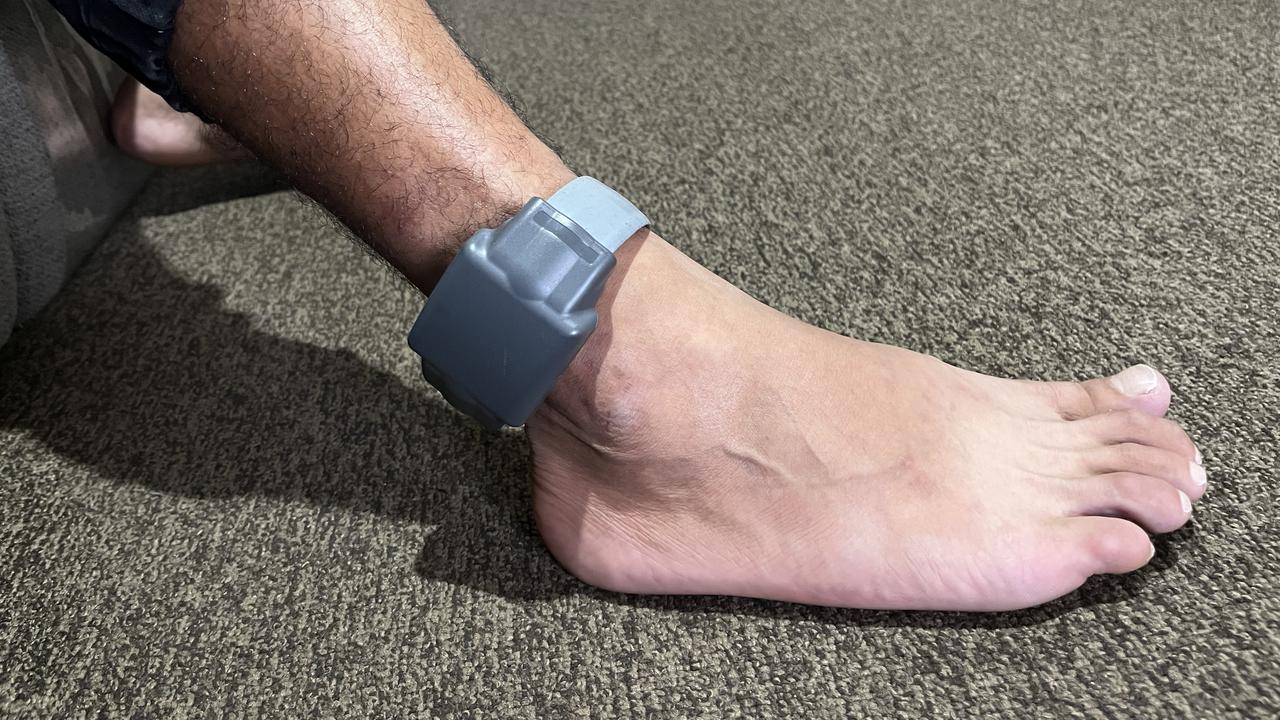
He was released from immigration detention in October 2024 as part of a landmark High Court ruling making indefinite detention illegal.
More than 350 detainees have been released as part of the NZYQ cohort as there was no foreseeable pathway for their removal.
It has caused a political headache for the federal government which was heavily criticised by the opposition for the fallout.
The 65-year-old was taken back into immigration detention in February after Australia applied to Nauru for a visa on his behalf, meaning there was a real prospect of him being removed from Australia.
The man is one of three people fighting their deportation to Nauru under laws that allow non-citizens to be sent to a third country if they can’t be deported to their home nation.
Wednesday’s High Court decision won’t set a broad precedent for deportations as it was narrowly focused on the man’s circumstances, his lawyers said.
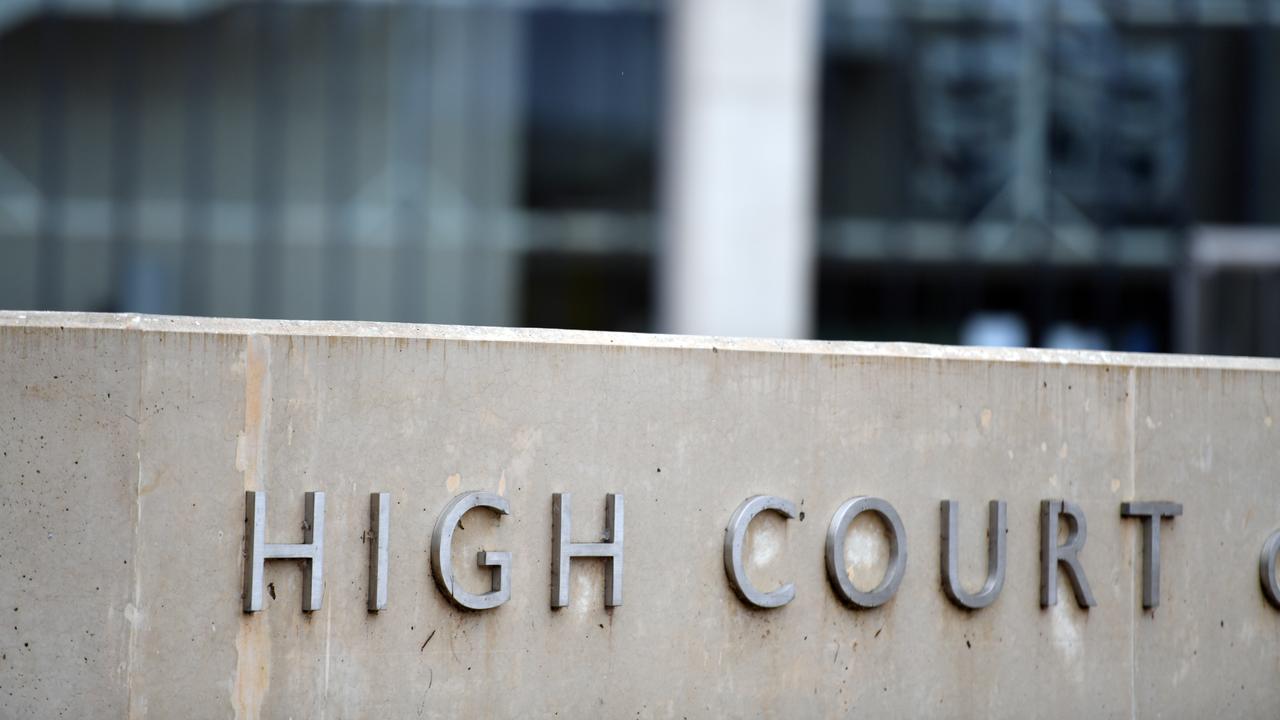
Human Rights Law Centre associate legal director Laura John said the man had lived through “untold horrors” of the Iraq war and faced indefinite separation from his wife and child, homelessness and destitution in Australia.
“Like every person, our client has a right to live in safety and dignity,” she said after the ruling.
“The government has refused at every stage of this process to consider the lifelong consequences of permanently exiling an elderly man to Nauru.”
His protection visa remains cancelled after the court’s decision, but the man has other legal avenues to fight his deportation to Nauru and that attempt will continue in the Federal Court.
The Albanese government is pushing through legislation in parliament to curtail procedural fairness requirements to streamline the deportation of the NZYQ cohort to Nauru.
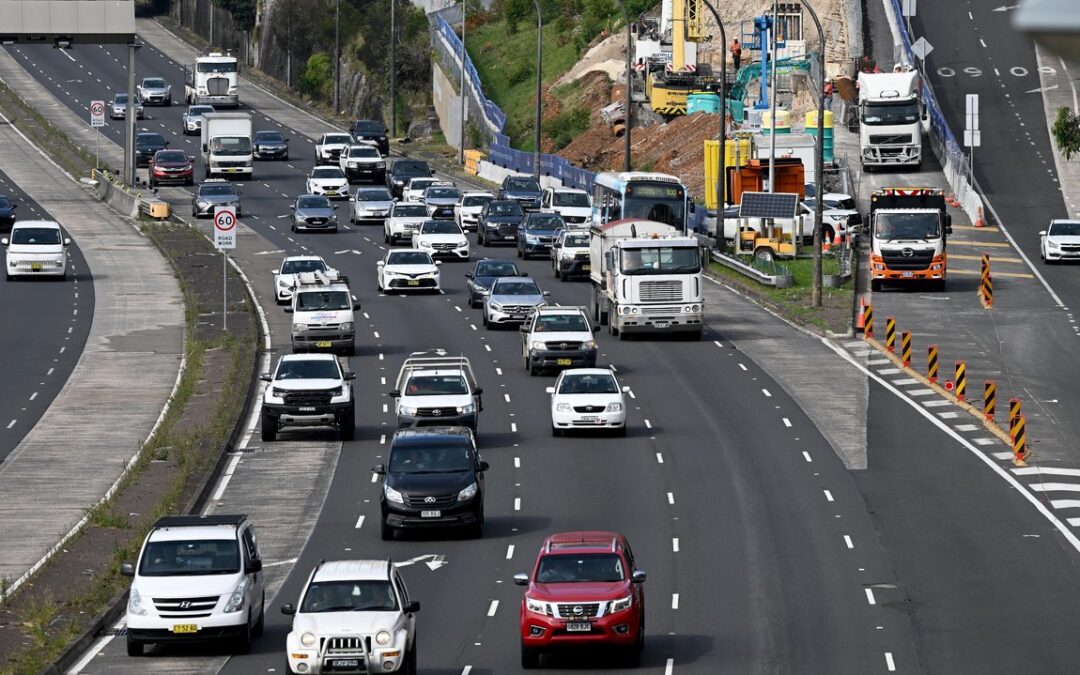
‘Welcome’ pick-up in Australian economy wrongfoots RBA
Australia’s economic growth rate has accelerated to 1.8 per cent, the fastest rate in almost two years, amid a boost in household consumption.
The annual rise in gross domestic product, included in the Australian Bureau of Statistics’ quarterly national accounts release on Wednesday, was above the expectations of economists and the Reserve Bank of Australia.
The central bank had forecast the economy to grow by 1.6 per cent in the 12 months to June.

The annual economic growth rate is up from the 1.3 per cent pace recorded in March.
Treasurer Jim Chalmers said Australia’s economy was gathering momentum in the face of global economic uncertainty.
“This is a welcome and substantial pick-up in growth,” he said in a statement.
“Today’s very welcome numbers confirm the private sector recovery we’ve been planning and preparing for is gathering pace.”
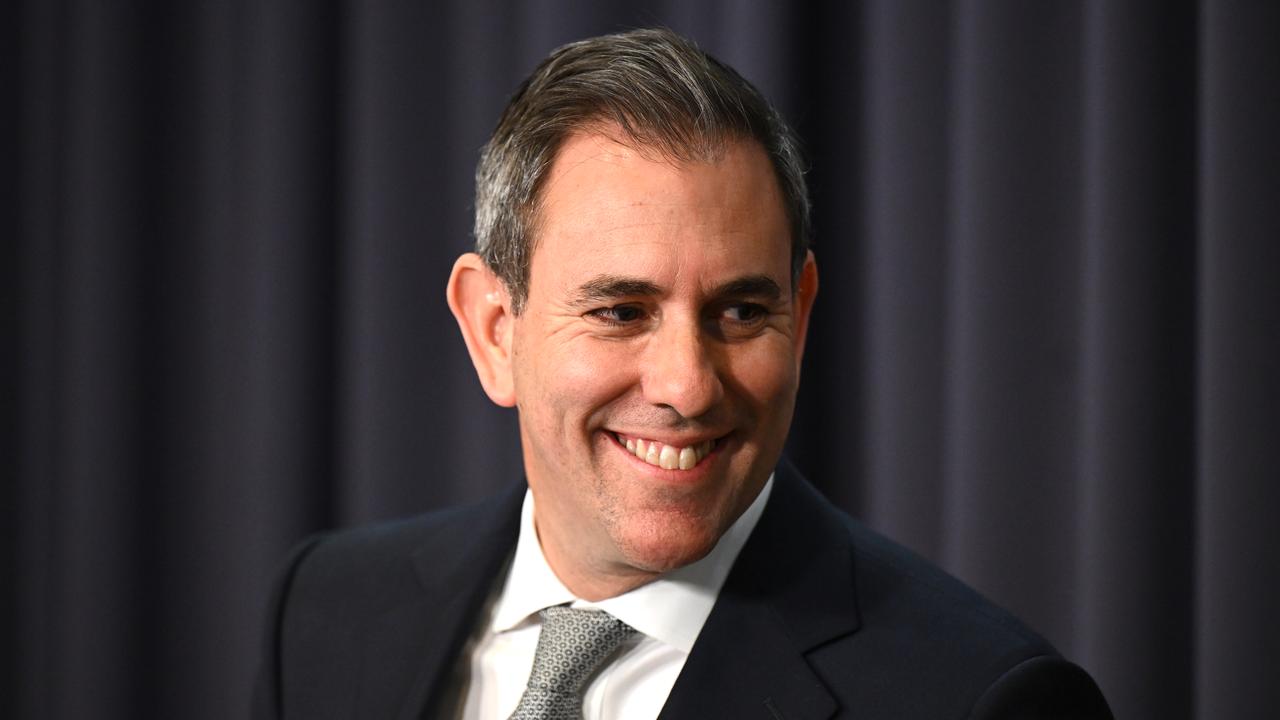
Private demand contributed 0.5 percentage points to GDP growth, mainly through higher household consumption.
Public demand had no impact on growth as a rise in government spending was offset by a fall in public investment .
ABS head of national accounts Tom Lay said the previous quarter was impacted by weather events.
Domestic final demand was the main driver of growth, led by household and government spending, while public investment was the largest detractor from growth.
“End of financial year sales and new product releases contributed to rises in discretionary spending on goods including furnishings and household equipment, motor vehicles and recreation and culture goods,” Mr Lay said.
On a quarterly basis, the nation’s economy grew by 0.6 per cent.
Australia avoided dropping back into a per capita recession.
GDP growth per capita was up 0.2 per cent per person, after a drop of 0.2 per cent on a per capita basis the previous quarter.
It’s only the second quarter out of the past 10 that each Australian has seen an increase in their share of GDP – a crude measure of household living standards, because it accounts for growth in the size of the population.
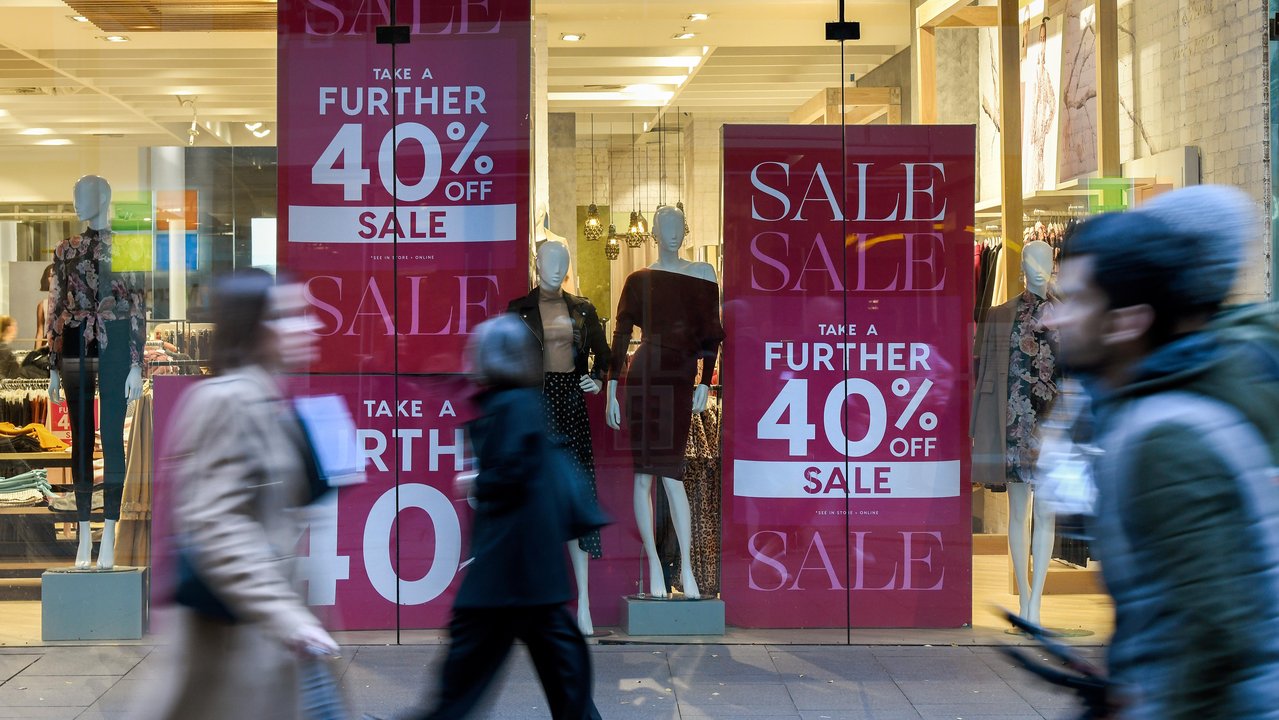
The household saving ratio fell from 5.2 per cent to 4.2 per cent, amid a rise in disposable income.
“Consumption is growing because real incomes are growing. Under Labor, people are earning more and keeping more of what they earn,” Dr Chalmers said.
The quarterly economic pulse check comes after the RBA cut interest rates for a third time this year in August, which is expected to boost growth as borrowers gain greater purchasing power.
Minutes from the meeting revealed the central bank’s board expected the recovery in GDP growth to be more gradual than previously forecast, amid more subdued public demand.
Following the release, the Australian dollar and government bond yields surged, while equities fell, as traders reined in expectations for more rate cuts.
Inflation spiked unexpectedly in July, although the Reserve Bank takes its guidance from the less volatile quarterly figures, which are expected to show inflation remains subdued when next updated in late October.
But combined with Wednesday’s GDP figures, they indicate the economy is running hotter than previously thought, reducing the urgency for the RBA to lower rates.
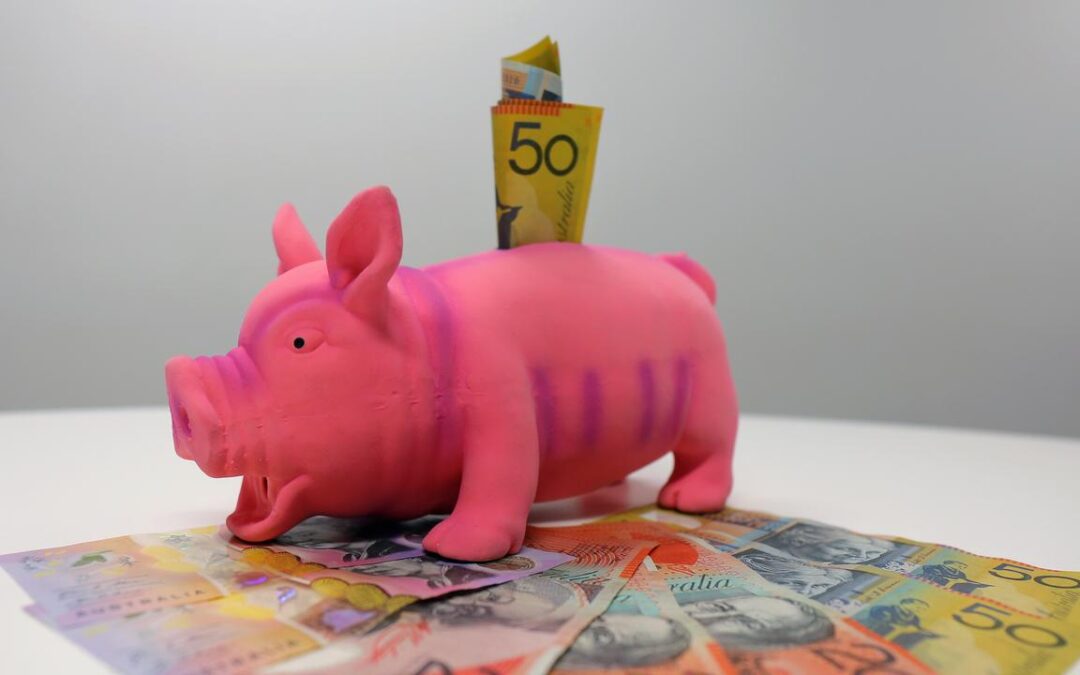
Break ‘piggy bank mentality’: super fund call to action
Australia’s leaders should take a “build to sell” approach to nation-building projects to create investment opportunities for super funds, in order for the sector to play a role in economic renewal.
AustralianSuper chief executive Paul Schroder will tell the National Press Club on Wednesday the current moment called for ambition greater than the reform era of the 1980s and 1990s.
“It could be more like the mobilisation of the 1940s and 50s: bold, coordinated and long term,” he will say.
“The chance to grow the pie, slice it fairly, and improve our stature in the world, is real.”
Mr Schroder will say part of a government’s role is to build things that are important for the nation but won’t make the financial returns super funds need.
“We must break the piggy bank mentality,” he says.
“Super is not a trillion-dollar fix-all.
“It cannot and should not be used to solve every complex national problem.”
Mr Schroder says superannuation can contribute to the national renewal but there was “no playbook” for this.
“The potential for super to be an engine room of Australia’s sustained prosperity is unrealised,” he will say.
“This isn’t and can’t be about government telling funds what to do.
“I’ve said this behind closed doors and in front of the cameras and I’ll say it again, it would be a disaster for members if governments tried to tell us what to invest in.”
The head of Australia’s largest super fund said the solution required government and funds to come together in open dialogue about how to better balance risks and make projects worth investing in.
Mr Schroder will say the government’s job of determining the direction of the country and the services and infrastructure it needs should be “mutually reinforcing” with the job of super funds to make productive investments to boost their members’ retirement savings.
“We’re ready to invest but only when it benefits members and where risk adjusted returns warrant the investment,” he will say.
“So, superannuation has a role in national renewal…But not every project will stack up for members.
“We must be clear-eyed about where interests align, and where they don’t.”
About $40 billion of the fund’s members’ money has been earmarked for investment in Australia over the next five years.
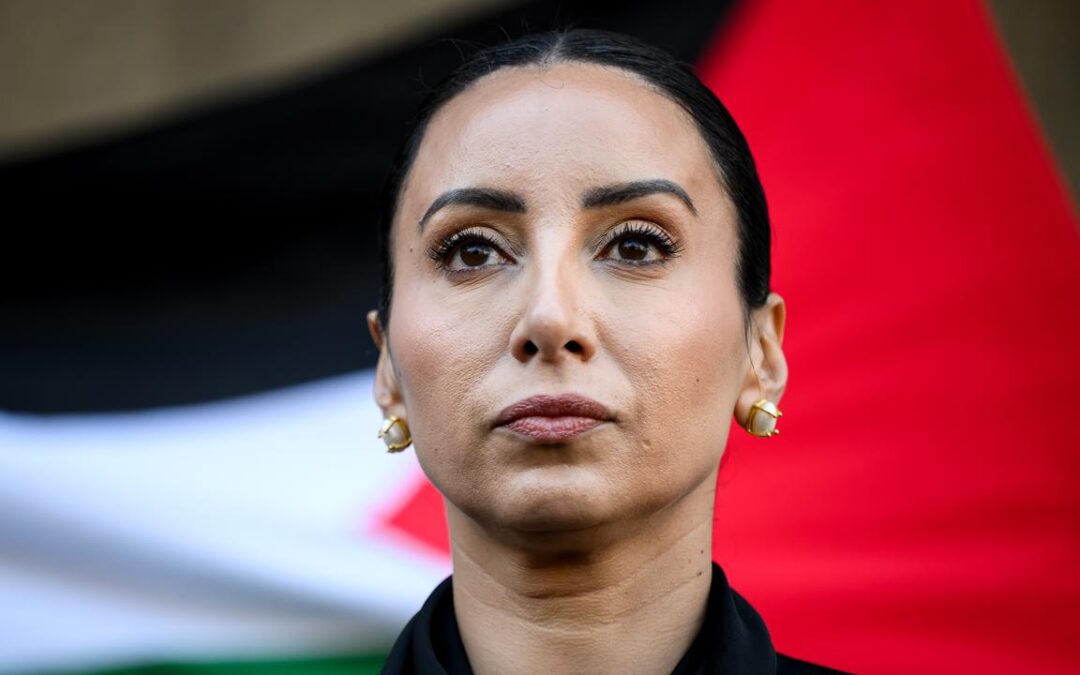
Journalist seeks big penalty after illegal ABC sacking
The ABC could be fined hundreds of thousands of dollars for unlawfully terminating broadcaster Antoinette Lattouf over a social media post.
Sacked from her casual role on ABC Radio Sydney’s Mornings program in 2023, Lattouf won an unlawful termination case in the Federal Court in June.
She and the public broadcaster return to court on Wednesday to argue what the ABC should be fined.
The court has awarded Lattouf $70,000 in damages for being dismissed three days into a five-day casual radio stint, following a co-ordinated campaign of complaints from pro-Israel lobbyists.
Lattouff, who has Lebanese heritage, shared a Human Rights Watch post saying Israel was using starvation as a “weapon of war” in Gaza before her position was terminated.
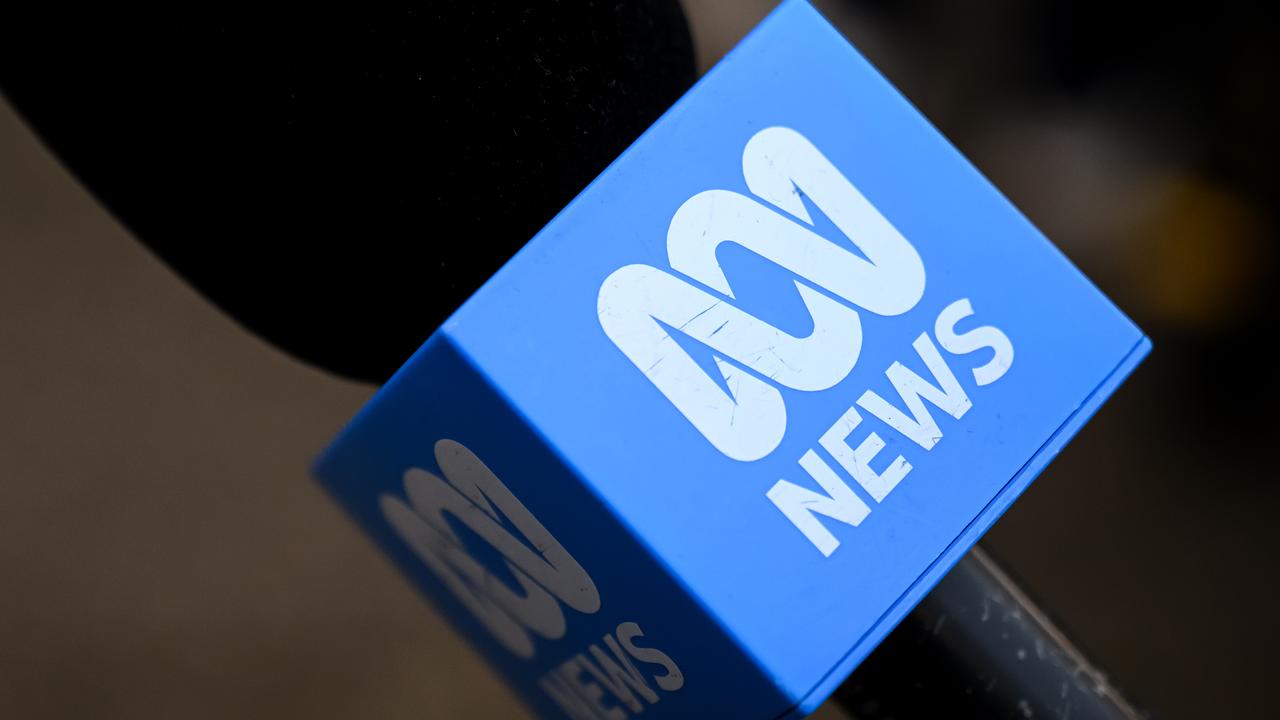
Justice Darryl Rangiah found the ABC breached employment law by dismissing the journalist for reasons that included her political opinion.
Lattouf says her team would argue for “hundreds of thousands of dollars” in penalties.
She claimed the ABC had said between $37,000 and $56,000 was fair.
“A penalty hearing isn’t just punishment – it’s deterrence,” Ms Lattouf posted on X on Sunday.
“In theory, the court sends a broader message that breaking workplace laws won’t come cheap and ensures offenders don’t treat it as a business expense … without deterrence, a penalty is just words on paper.”
The ABC has been contacted for comment.
Any fine would pale against the legal costs the ABC has racked up defending the case.
Lattouf offered to settle the case for $85,000 in August 2024, according to her lawyer Josh Bornstein, along with other conditions including an apology and another five radio shifts.
But ABC managing director Hugh Marks previously said the extra radio slots were a sticking point because they could compromise editorial independence to external influence.
Justice Rangiah found the broadcaster was under pressure from an orchestrated campaign of complaints against Lattouf by a pro-Israel lobbyist group at the time of the sacking.
The ABC did not give her the chance to defend the allegations and instead showed her the door, the judge found.
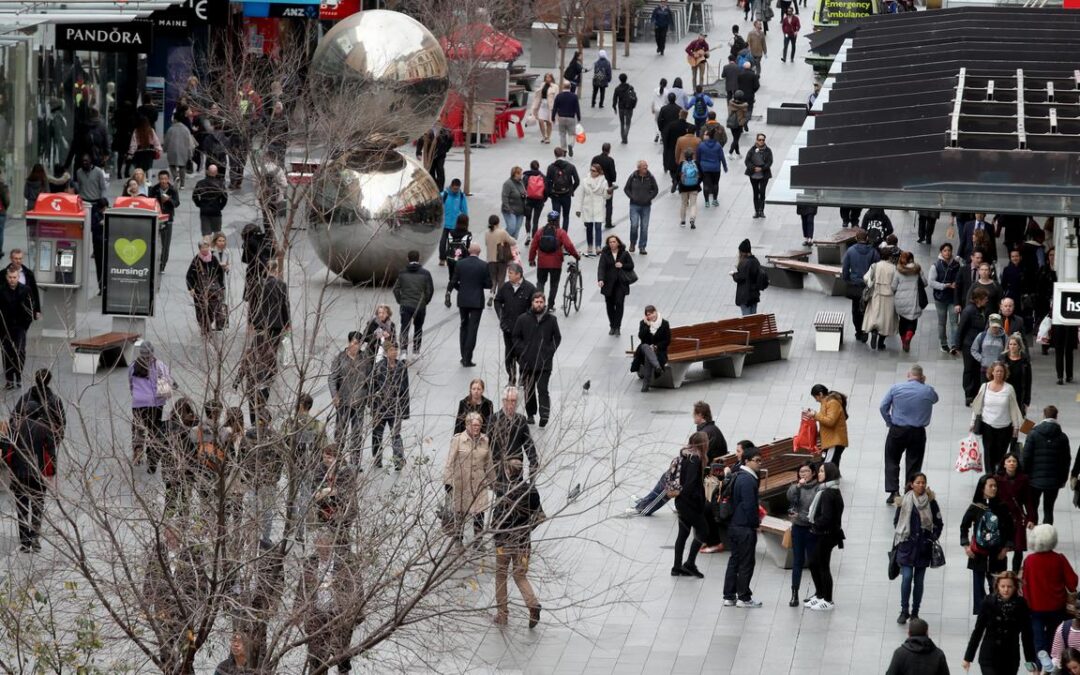
Lack of immigration transparency helped fuel protests
Anti-immigrant sentiment has been fuelled by the government’s lack of transparency, a former immigration head says, as Australia reels from mass protests marred by violence.
Tens of thousands of protesters marched alongside neo-Nazis on Sunday in anti-immigration rallies across Australia’s major cities, calling on the federal government to pause or slow the pace of immigration.
Prominent neo-Nazi Thomas Sewell, 32, was among about 40 men dressed in black who stormed Camp Sovereignty on Sunday evening after attending the rally in Melbourne’s CBD.

The 32-year-old was arrested on Tuesday afternoon outside Melbourne Magistrates Court and has been charged with violent disorder, affray, assault by kicking, discharge missile and other offences. Two of his followers were also charged.
He has been remanded to appear in the same court on Wednesday.
Labor remained undeterred by the protests on Tuesday as it set the permanent migration program intake for 2025/26 at 185,000, the same as the previous financial year.
But the way the federal government unveiled its new cap is emblematic of the way it has inadvertently stirred up anxious Australians, former Immigration Department deputy secretary Abul Rizvi said.
“The government is just not sufficiently transparent about what its long-term plans for immigration are,” he told AAP.

“The government has essentially just stopped explaining what it’s doing,” pointing to a three sentence government press release as a classic example.
It contained little detail about skilled or partner visas, making it impossible to tell what the government would do about booming demand in these areas, Dr Rizvi said.
Factually incorrect statements about growing immigration numbers also contributed to anti-immigration sentiment.
This was evident in promotional flyers for Sunday’s rallies which used incorrect claims to fuel anti-Indian immigration rhetoric.
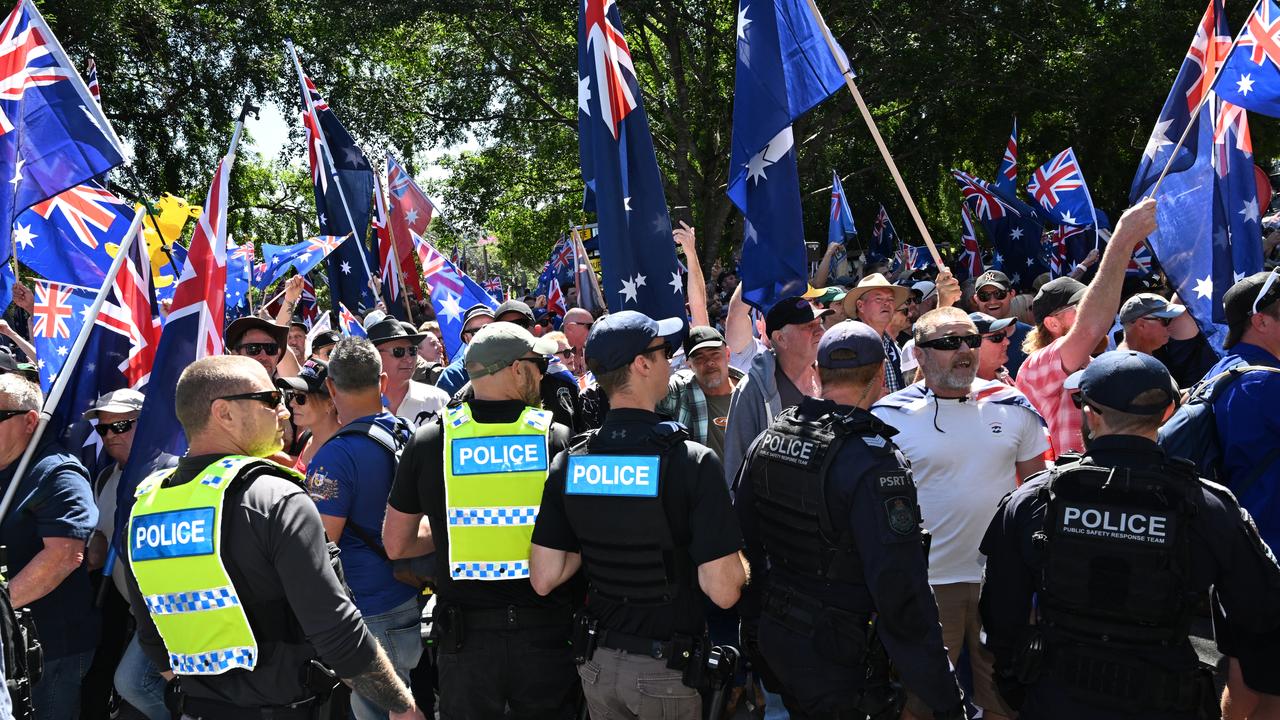
Federation of Indian Associations of Victoria president Vasan Srinivasan said many protesters just needed to get to know his community.
“They still don’t understand how beautiful this society is,” he told AAP.
“There’s no one in this country apart from Indigenous people who are native, all of us migrated from somewhere.
“We are all now here for one reason: a peaceful, happy life.”
Many within the Indian community are skilled migrants, arriving in Australia as doctors or with engineering qualifications.
One of the best represented occupations in Australia’s migration program are nurses, who are in high demand as the population ages and the health workforce buckles under high attrition, Dr Rizvi said.

Migrants also take on hard, less-skilled work many Australians don’t want to do, like fruit picking and farm labour.
“We need to remember that the bulk of students and working holidaymakers can’t get the dole,” he said.
“If they don’t get a job, they don’t survive.”
Prime Minister Anthony Albanese acknowledged different demographics had been targeted and singled out by the protests, including Jewish and Indian communities.
While he urged everyone in the Labor caucus to reach out to different communities, he also said not everyone at the weekend’s demonstrations were associated with neo-Nazis.
“We have to make sure we give people space to move away and not push them further down that rabbit hole,” he said on Tuesday.
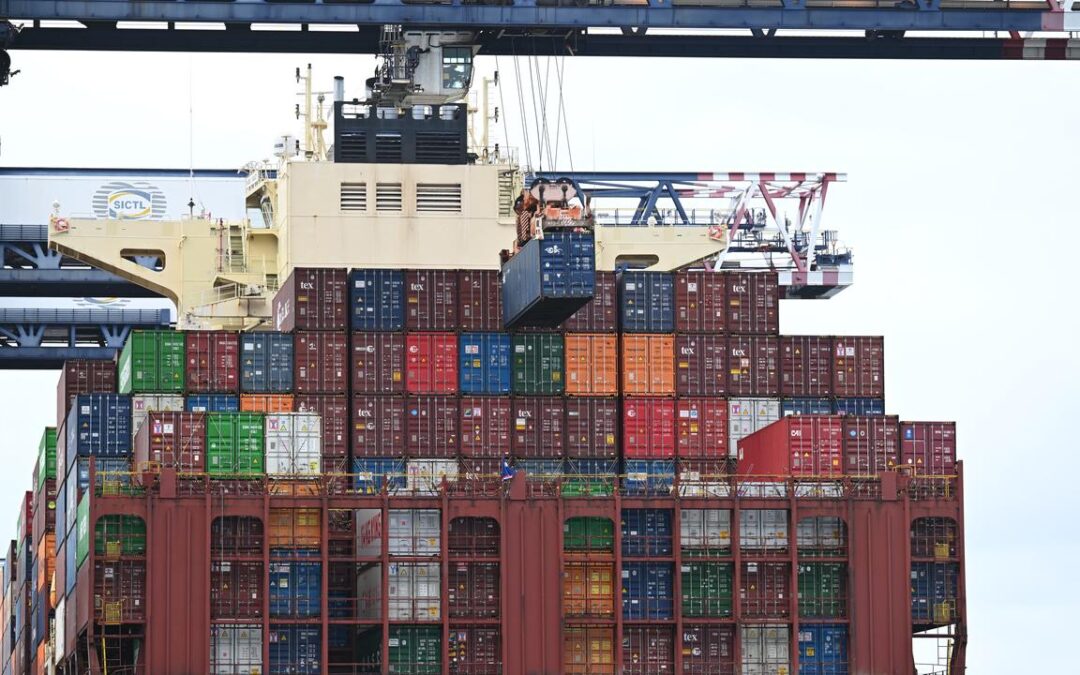
Private sector driving economy’s ‘sluggish’ recovery
Australia’s private sector is picking up the slack from weaker government spending but the nation’s economy is still expected to remain sluggish.
Forecasters revised down their predictions for Australia’s GDP growth in the June quarter, set to be released by the Australian Bureau of Statistics on Wednesday, after disappointing partial figures released the day before.
After higher government spending propped up economic growth in recent years, falling public investment is now acting as a drag for GDP growth.
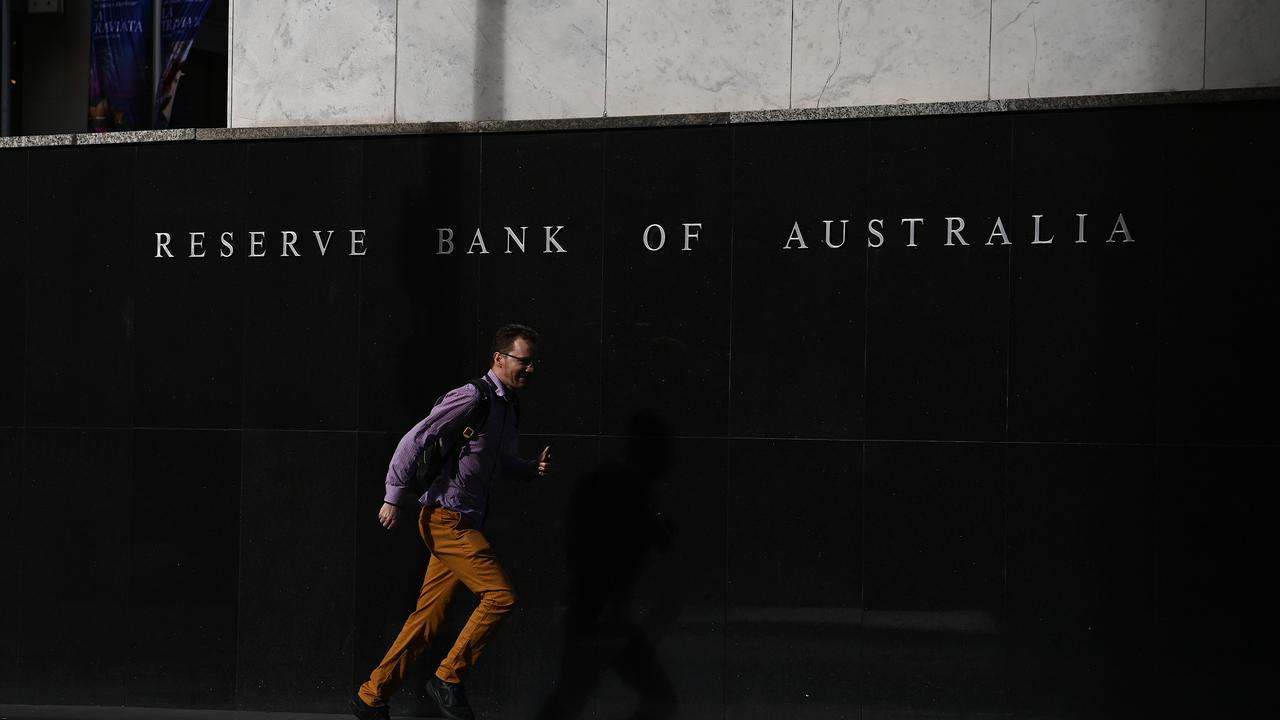
Instead, the private sector was expected to be the primary driver of growth, Treasurer Jim Chalmers says.
“Tomorrow, we get the national accounts for the June quarter, and that quarter was defined by extreme volatility on markets because of announcements about tariffs out of DC,” he told parliament on Tuesday.
“Growth is not as strong as we would like, but continuous economic growth in the circumstances we see around the world over the past three years is welcome.”
Public demand fell 0.4 per cent over the quarter, providing no addition to GDP growth, while net exports only added 0.1 percentage point.
While the economy is expected to show an acceleration in annual terms from the 1.3 per cent growth recorded in March, without a material pick-up, unemployment is likely to rise in the near term, Westpac senior economist Pat Bustamante said.
“Australia’s underlying growth impulse remains sluggish and unconvincing,” he said.
As the economy rebalances towards the more capital-intensive private sector driving growth rather than the more labour-intensive public sector, the risks for employment growth will be further exacerbated, Mr Bustamante added.
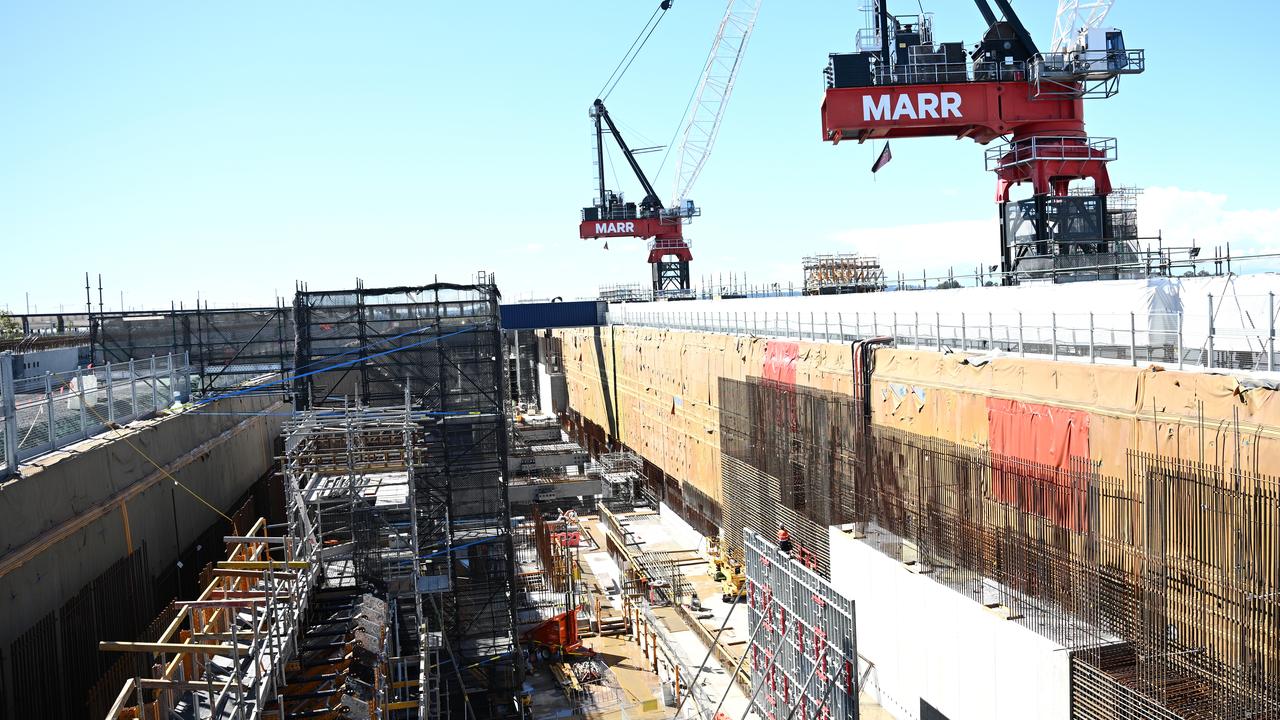
RBC Capital Markets macro strategist Robert Thompson revised down his estimate for quarterly growth from 0.7 to 0.5 per cent,
Although Australian households have been a little reluctant to spend big, the consumer recovery is expected to be a key component in the overall private sector pick-up, Mr Thompson said .
“What’s more interesting, despite an only modest overall pick-up in activity, is the shifting composition of demand from public driving growth to private.
“We expect private household consumption to have underpinned activity in the quarter with a marginal contribution from business and dwelling investment.
“This skew toward private sector activity is encouraging and will be welcomed by the RBA.”
If Mr Thompson’s forecast comes to pass, it would correspond with a rise of 1.6 per cent over 12 months, in line with Reserve Bank forecasts.
But economists at ANZ, JP Morgan and Nomura predicted an annual rise of just 1.5 per cent.
Economic growth below the two per cent per year trend and modest wage growth could add to expectations of further RBA rate cuts ahead, said Nomura analysts Andrew Ticehurst and David Seif.

Anna Wintour taps Chloe Malle as Vogue successor
Chloe Malle has been named the new head of editorial content at American Vogue after Dame Anna Wintour stepped down from her role as the day-to-day editor of the title.
Dame Anna will remain in charge of Vogue globally and as chief content officer of the media company Conde Nast, which oversees prominent media brands including Vogue, Vanity Fair and GQ.
Malle, the daughter of actress Candice Bergen and French film director Louis Malle, will take on her new role immediately, the magazine said.
She was previously the editor of Vogue.com and co-host of The Run-Through, Vogue’s weekly fashion and culture podcast.
She will now lead the creative and editorial direction of the title and join Vogue’s ten existing heads of editorial content around the world, reporting to Dame Anna.
Malle said: “Fashion and media are both evolving at breakneck speed, and I am so thrilled – and awed – to be part of that.
“I also feel incredibly fortunate to still have Anna just down the hall as my mentor.”
Announcing the appointment, Dame Anna said: “Fashion is the art of embracing change, but some changes run closer to one’s heart than the rest.
“When it came to hiring someone to edit American Vogue, letting me turn my attention more intensely to Vogue’s multifaceted growth across its global audiences and publications and events like the Met Gala and Vogue World, I knew I had one chance to get it right.
“I’m thrilled to announce that Chloe Malle will be the next head of editorial content for our US title, leading the American magazine and guiding its digital coverage.
“She’s a voracious, engaged journalist with an intuition for women’s changing interests now – and her eye for the definitive image is exceptional.
“Chloe has long been one of Vogue’s secret weapons when it comes to tracking fashion. But she is not so buried in the industry that she misses the world: like the best designers, she understands fashion’s big picture, its role shaping not just what’s on the runway but the changing fabric of modern life.
“Although she is no stranger to the glamour of red carpets, her talent has been for original thinking and hard work.”
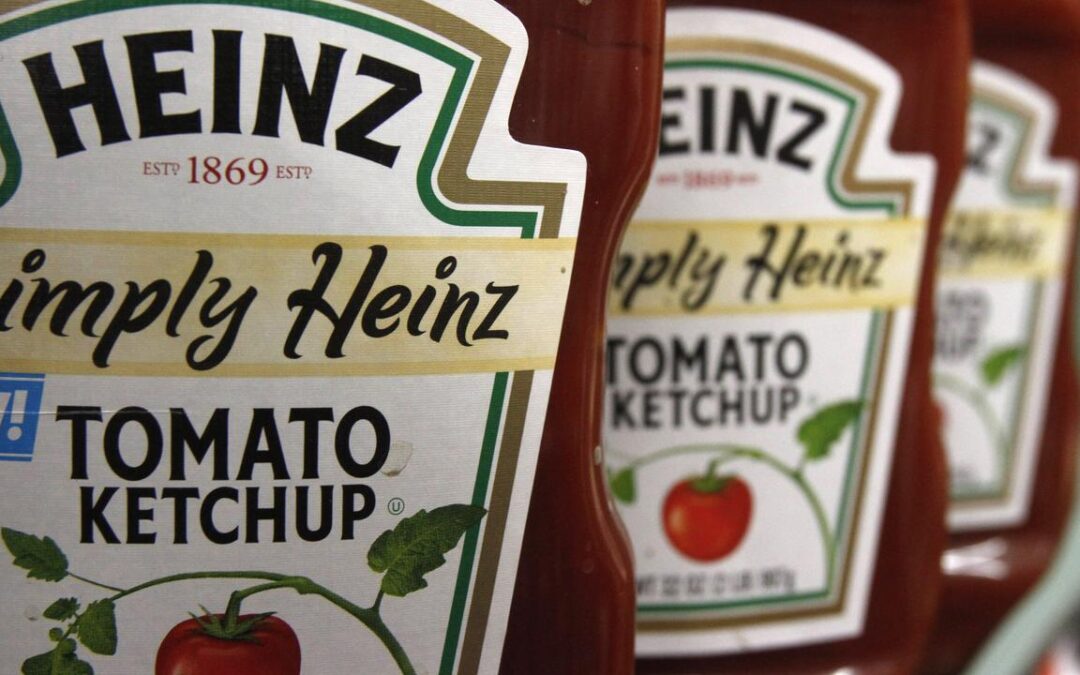
Kraft Heinz to split a decade after megafood merger
Kraft Heinz is splitting into two companies a decade after they joined in a massive merger that created one of the world’s biggest food companies.
One of the companies would include shelf stable meals and include brands such as Heinz, Philadelphia cream cheese and Kraft Mac & Cheese, Kraft Heinz said on Tuesday.
The other will include brands such as Oscar Mayer, Kraft Singles and Lunchables.
The names of the two companies will be released later.
Kraft Heinz said in May that it was conducting a strategic review of the company, signalling a potential split.
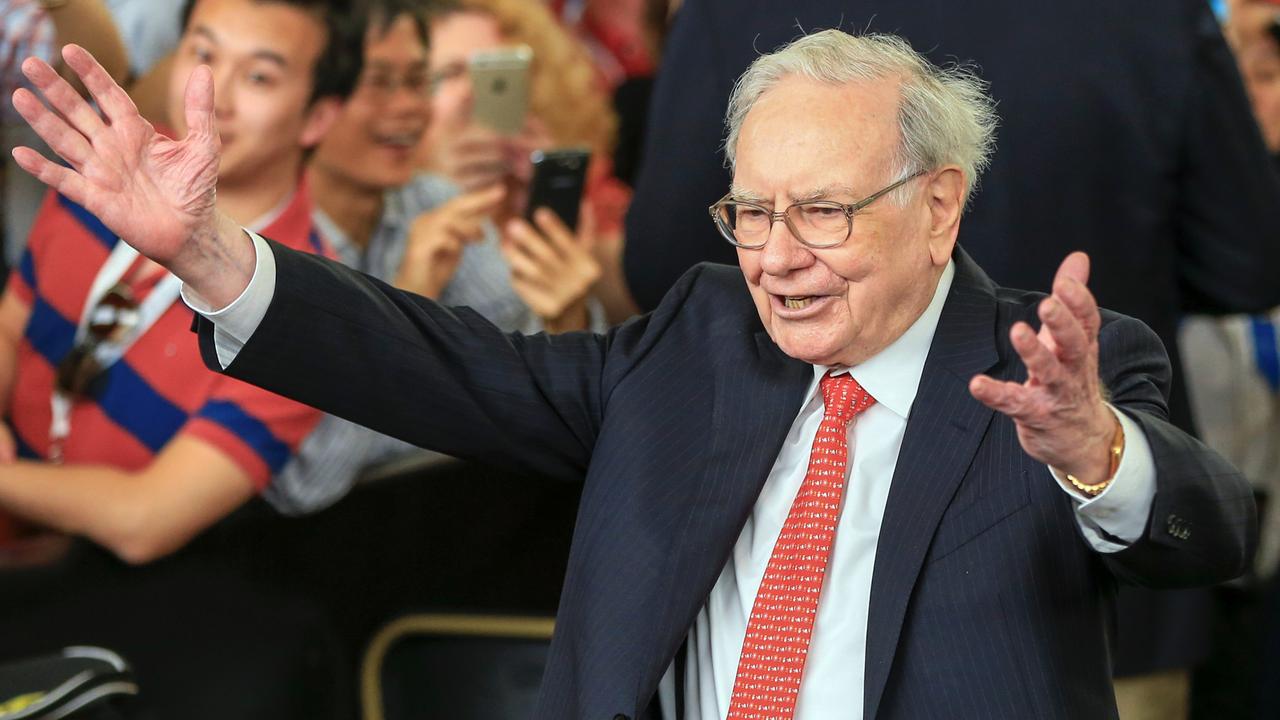
“Kraft Heinz’s brands are iconic and beloved, but the complexity of our current structure makes it challenging to allocate capital effectively, prioritise initiatives and drive scale in our most promising areas,” executive chair Miguel Patricio said in a statement.
The path to the merger of Kraft and Heinz began in 2013, when billionaire investor Warren Buffett teamed up with Brazilian investment firm 3G Capital to buy HJ Heinz Co.
At the time, the $US23 billion deal was the most expensive ever in the food industry.
3G known for strict cost controls and so-called zero-based budgeting, which requires all expenses to be justified each quarter.
The deal was intended to help Heinz, which was founded in 1869, expand sales of its condiments and sauces on supermarket shelves.
Heinz’s new owners also set about cutting costs, laying off hundreds of workers within months.
At the same time Kraft sought for a partner after a 2011 split from its snack division, which became Mondelez International.
In 2015, Buffett and 3G decided to merge Heinz with Kraft, creating the fifth-largest food and beverage company in the world, with annual revenue of $US28 billion ($A43 billion).
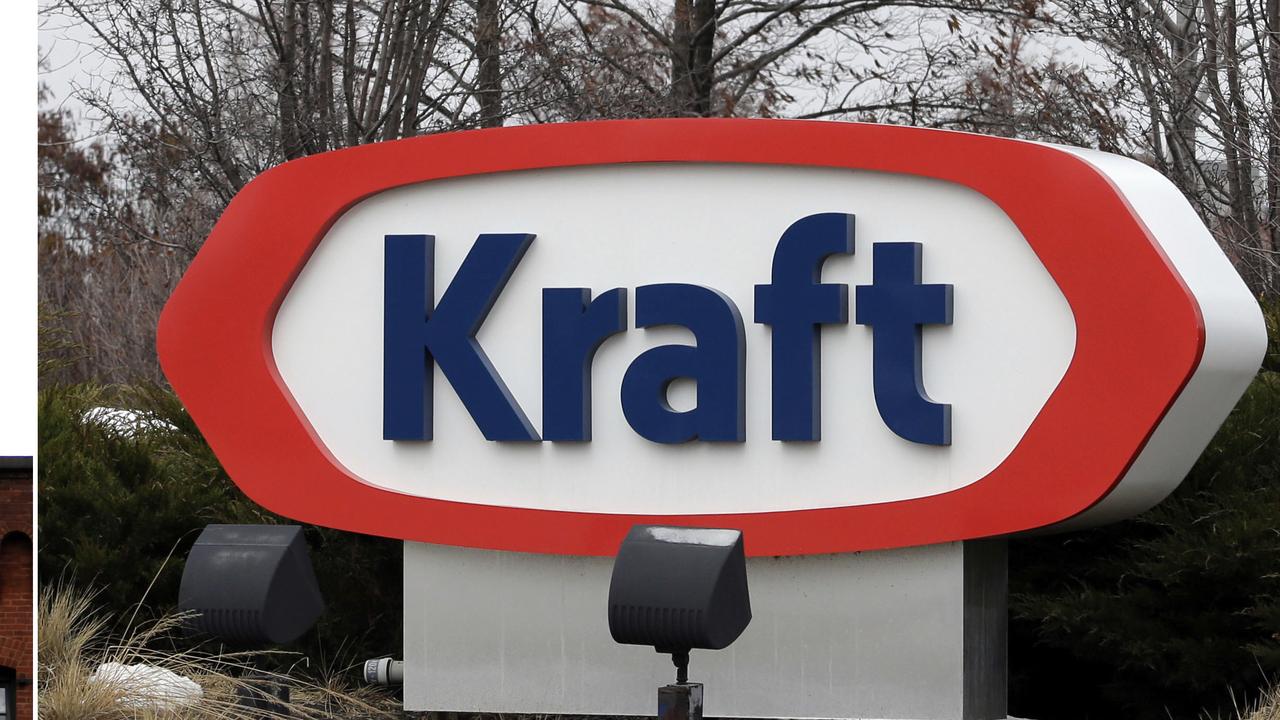
But the combined company struggled, despite lay-offs of thousands of employees and other cost-cutting measures.
Even at the time of the merger, many consumers were shifting away from the kinds of highly processed packaged foods that Kraft sells, such as Velveeta cheese and Kool-Aid.
In 2019, Kraft Heinz slashed the value of its Oscar Meyer and Kraft brands by $US15.4 billion, citing operational costs and supply chain problems.
But many investors blamed the company’s leadership, saying its zeal for cost-cutting was hurting brand innovation.
In 2021, Kraft Heinz sold its Planters nut business and its natural cheese business, vowing to reinvest the money into higher-growth brands.
But the company’s net revenue has fallen every year since 2020, when it had a pandemic-related bump in sales.
In April, Kraft Heinz lowered its full-year sales and earnings guidance, citing weaker customer spending in the US and the impact of President Donald Trump’s tariffs.
The transaction is expected to close in the second half of 2026.
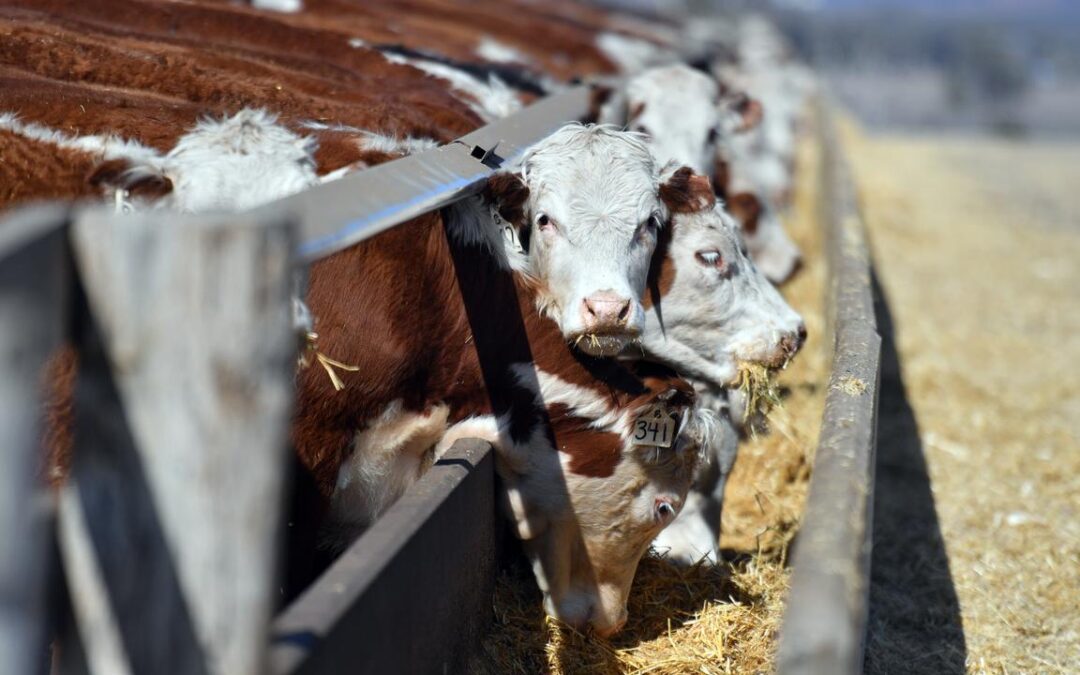
Record forecast set for Australian production
Soaring livestock prices are set to push Australia’s agriculture, fisheries and forestry production to record heights, eclipsing $100 billion.
Drought conditions in Australia have affected livestock supply, with the federal government’s commodities forecaster revealing there had been increased demand and high prices.
“We’ve seen high prices lately for both livestock and animal products, like beef, lamb and milk,” Australian Bureau of Agricultural Resource and Economics and Sciences’ Jared Greenville said.
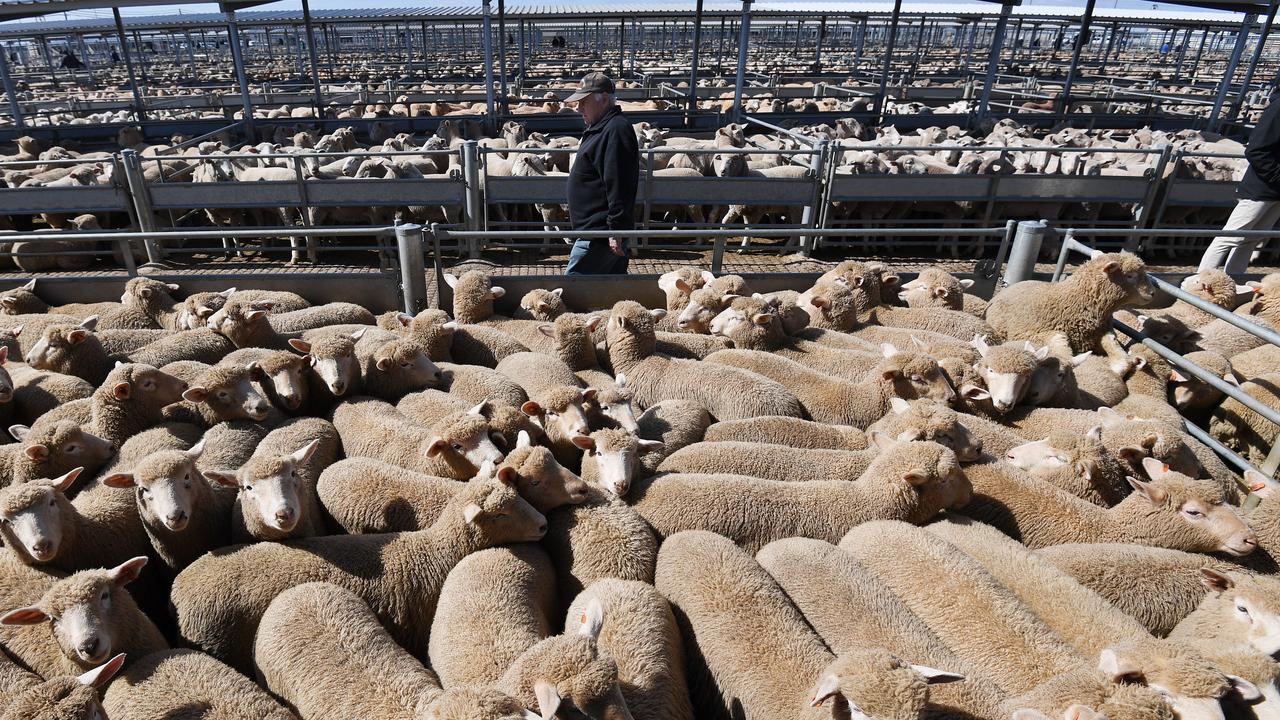
The forecaster’s commodities report for the September quarter predicts production is set to reach $101.6 billion in 2025/26.
The record production would eclipse the previous financial year by a whopping $7.3 billion.
Livestock production alone is set to reach $41.6 billion, bolstering the overall agricultural value to an expected record high of $94.7 billion.
It is a remarkable rise after the National Farmers Federation set a goal just seven years ago for the agriculture industry to be worth $100 billion by 2030.
The drought did appear to take its toll, with crop production down.
“Wheat production and value are set to fall as global prices and Australian yields decline slightly from last financial year,” Dr Greenville said.
Wheat production is still ticking along above the 10-year average, with a crop of almost 34 million tonnes forecast.
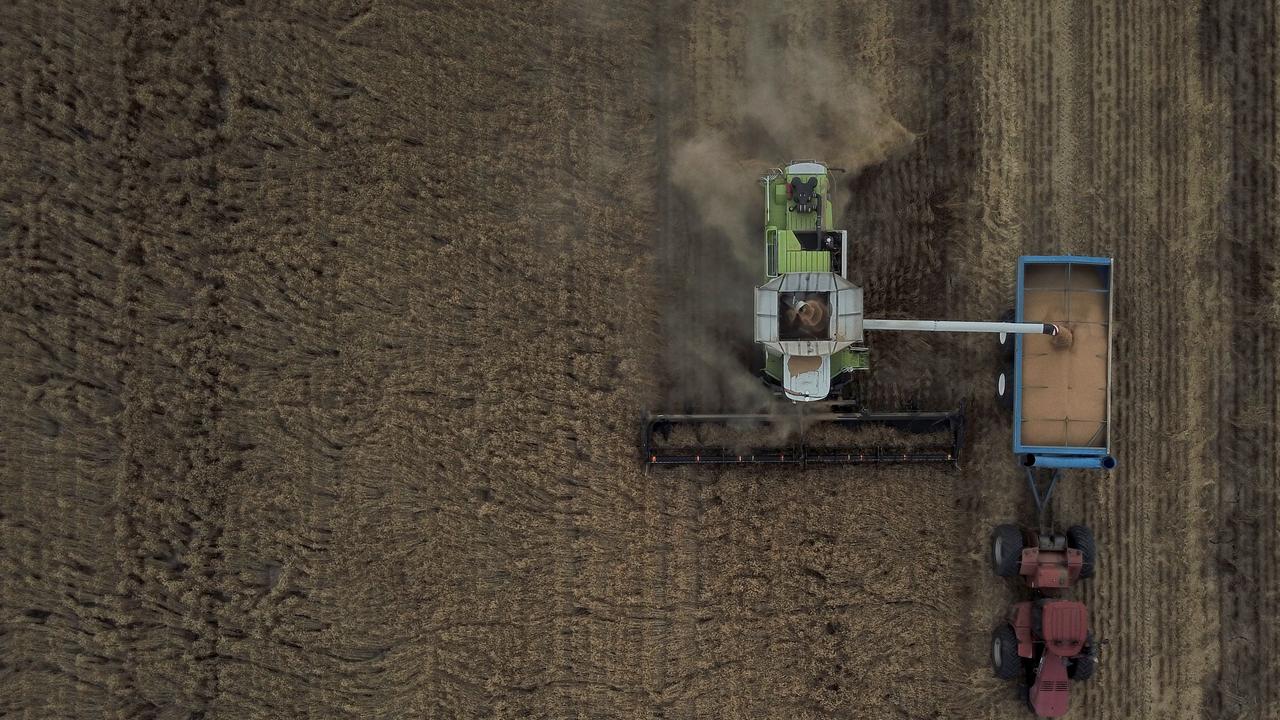
Rain had revived some regions but the forecaster had concerns for southern NSW due to a slow start to the winter cropping season and relatively low soil moisture levels.
Agricultural exports were expected to fall slightly in 2025/26 but were still “well above average” at $74.6 billion, Dr Greenville said.
Beef and sheep meat exports are set to take a hit but horticulture and wheat are set to rise.
“The global trading environment remains uncertain, but there is still strong international demand for Australian food and fibre from markets like China, Japan and the US,” Dr Greenville said.
Agriculture, Fisheries and Forestry Minister Julie Collins said hard work, resilience and farmers working hand-in-hand with government had to led to the record results.
“The continued growth in our agriculture, fisheries and forestry sector is good for our farmers, it’s good for our regional economies, and it’s good for our trade relationships,” she said.
“This record forecast is not only a result of increased demand for our world-class products, but what you can achieve when government works with industry to deliver for them.”